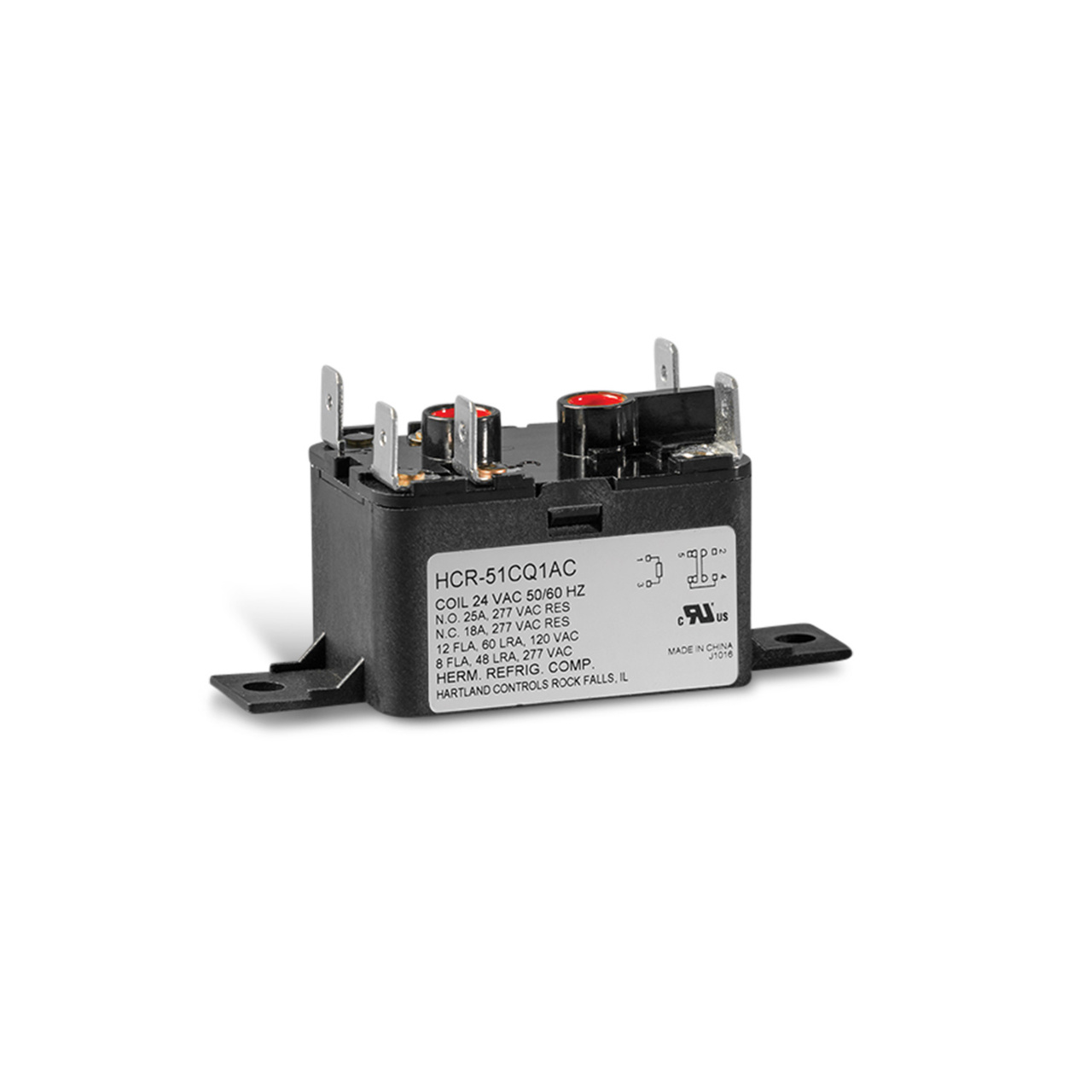
HCR-5 Relay
In the world of industrial automation, two key components play a crucial role in controlling electrical circuits: mechanical relays and programmable logic controllers (PLCs). While both serve the purpose of switching electrical signals, they differ significantly in terms of functionality, flexibility, and application. In this article, we will delve into the depths of these two technologies, exploring their differences, advantages, and best use cases.
- Definition and Operation:
Mechanical Relay:
A mechanical relay is an electromechanical device that uses an electromagnetic coil to control the opening and closing of electrical contacts. When the coil is energized, it generates a magnetic field that attracts a movable armature, causing the contacts to close. Conversely, when the coil is de-energized, the contacts open due to spring tension.
PLC:
A programmable logic controller (PLC) is a digital computer-based device designed for industrial automation. It utilizes a microprocessor to execute stored programs, which control the operation of various input/output modules. PLCs receive input signals from sensors, process them based on the programmed logic, and generate output signals to control actuators and other devices.
- Functionality and Flexibility:
Mechanical Relay:
Mechanical relays are primarily used for simple on/off switching applications. They excel in handling high current and voltage levels, making them suitable for heavy-duty operations. However, due to their mechanical nature, they have limited functionality and lack the ability to perform complex logic operations.
PLC:
PLCs offer a wide range of functionalities beyond simple switching. They can execute complex logic operations, perform mathematical calculations, and implement advanced control algorithms. With the ability to store and execute multiple programs, PLCs provide flexibility in adapting to changing automation requirements. Additionally, PLCs can communicate with other devices and systems, enabling seamless integration into larger automation networks.
- Application Areas:
Mechanical Relay:
Mechanical relays find their applications in various industries, including power distribution, motor control, and home automation. They are commonly used in situations where high current or voltage switching is required, such as controlling industrial machinery, lighting systems, and HVAC equipment.
PLC:
PLCs are extensively used in industrial automation across diverse sectors, including manufacturing, process control, and robotics. They are ideal for applications that demand complex control, precise timing, and the ability to handle multiple inputs and outputs simultaneously. PLCs are widely employed in industries such as automotive manufacturing, food processing, and pharmaceuticals.
- Advantages and Disadvantages:
Mechanical Relay:
Advantages:
- High current and voltage handling capability
- Simple and reliable operation
- Low cost compared to PLCs
Disadvantages:
- Limited functionality and inability to perform complex logic operations
- Susceptible to mechanical wear and tear
- Require more space due to larger physical size
PLC:
Advantages:
- Flexibility to adapt to changing automation requirements
- Ability to perform complex logic operations and advanced control algorithms
- Integration capabilities with other devices and systems
- Enhanced diagnostics and troubleshooting features
Disadvantages:
- Higher initial cost compared to mechanical relays
- Require specialized programming skills for configuration and maintenance
- Susceptible to software-related issues and vulnerabilities
Conclusion:
In summary, mechanical relays and PLCs serve distinct purposes in industrial automation. Mechanical relays excel in simple on/off switching applications, while PLCs offer advanced functionality, flexibility, and integration capabilities. Understanding the differences and advantages of these technologies is crucial in selecting the most suitable solution for specific automation requirements. Whether it's heavy-duty switching or complex control operations, the choice between a mechanical relay and a PLC ultimately depends on the specific needs of the application at hand.